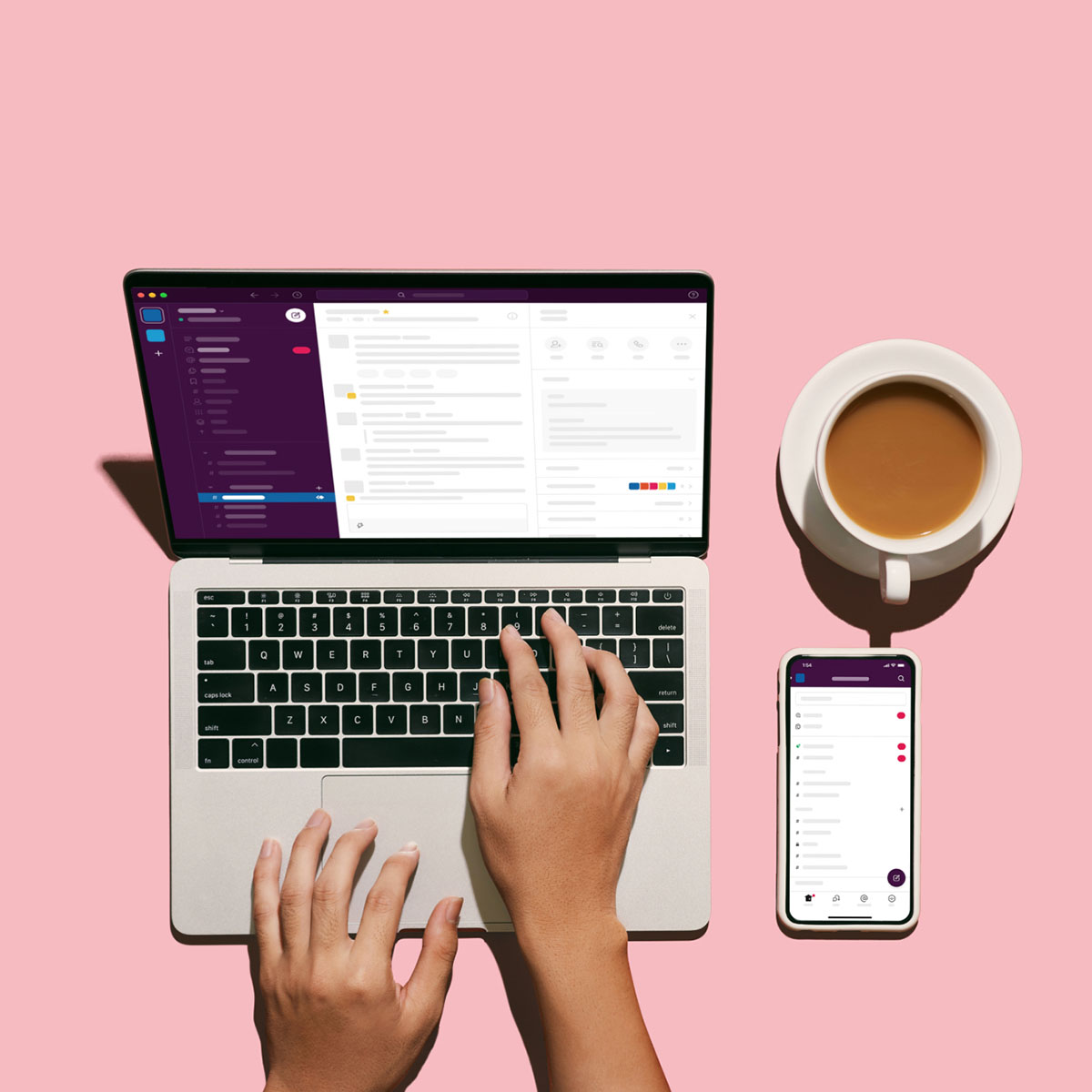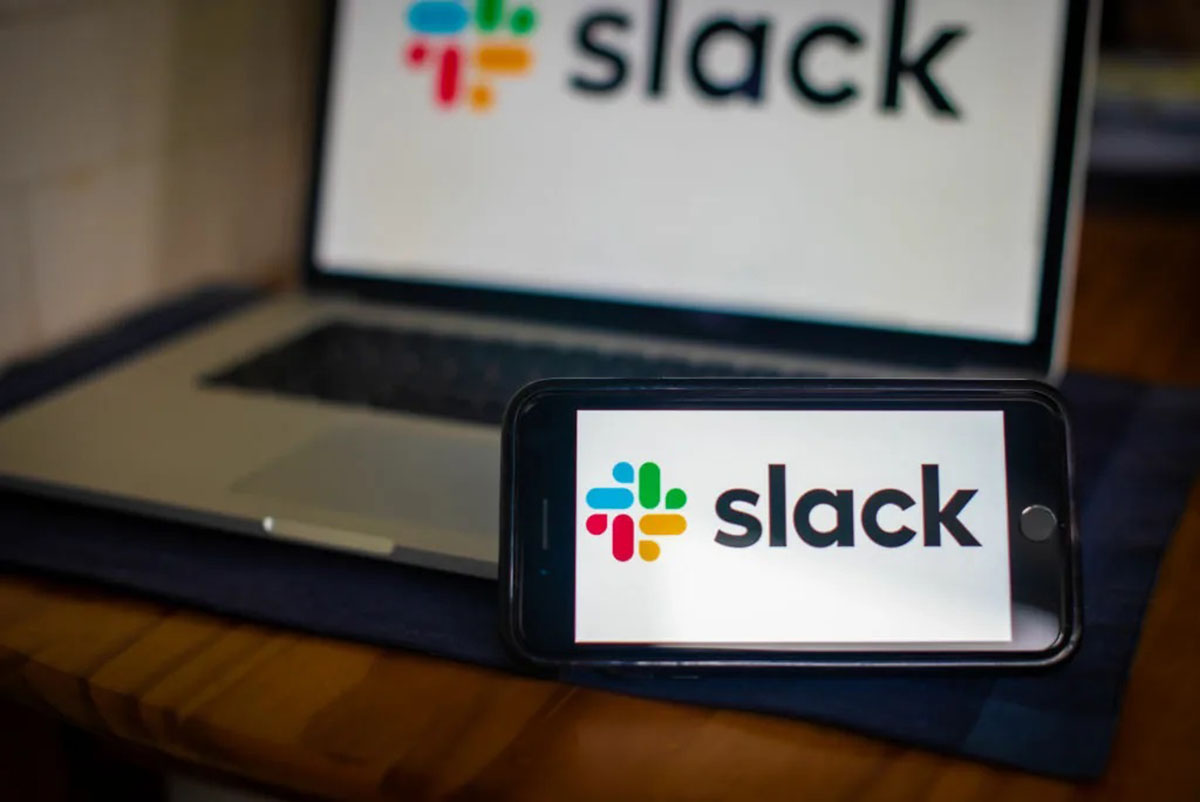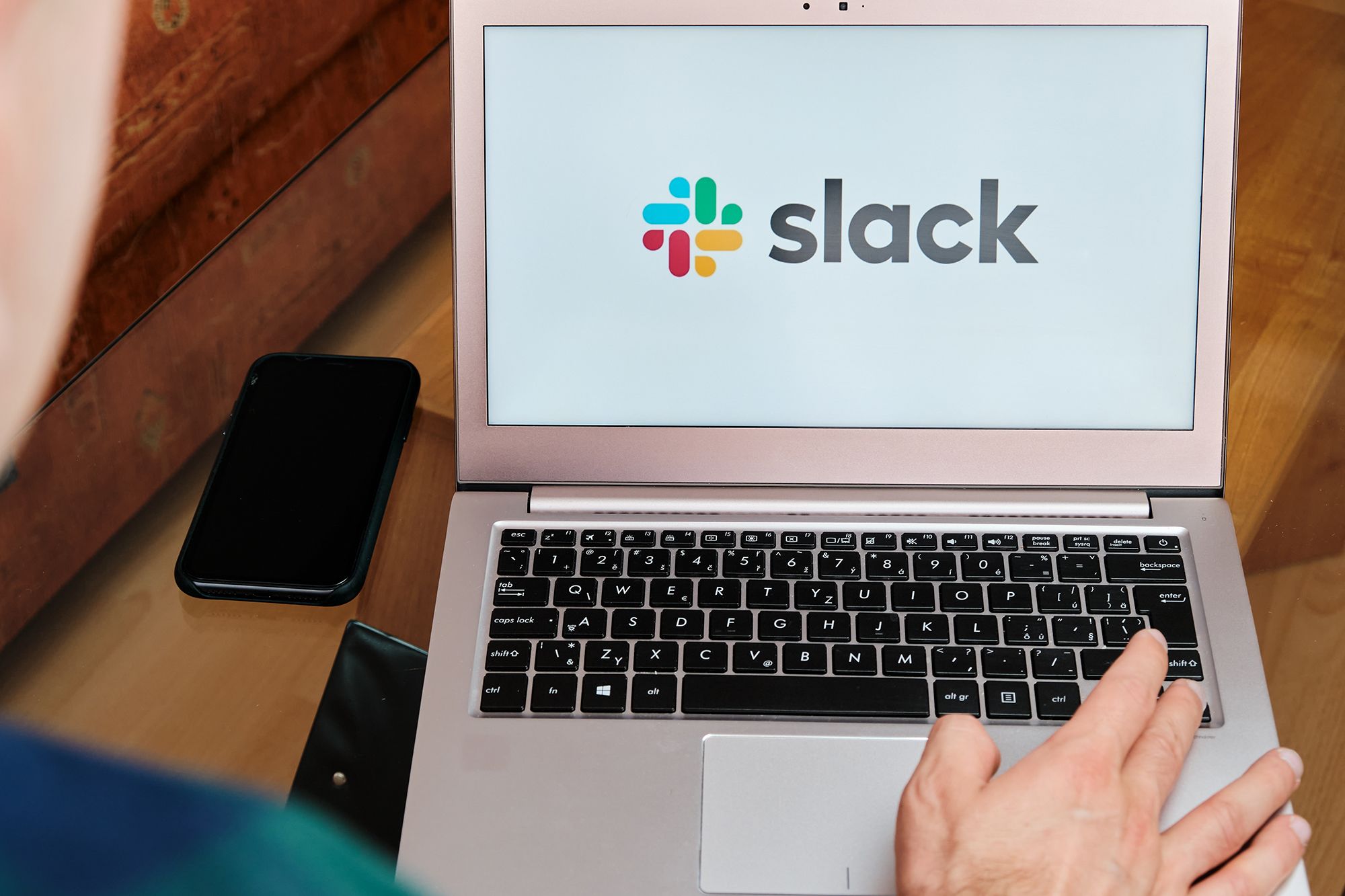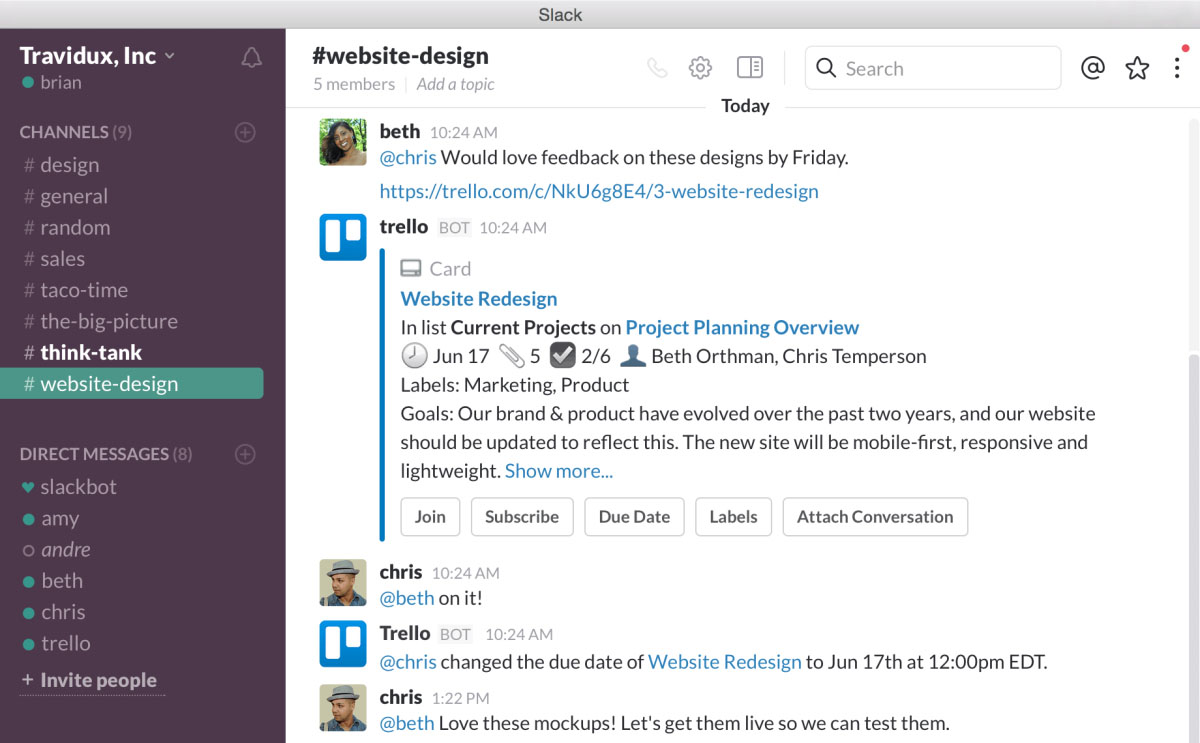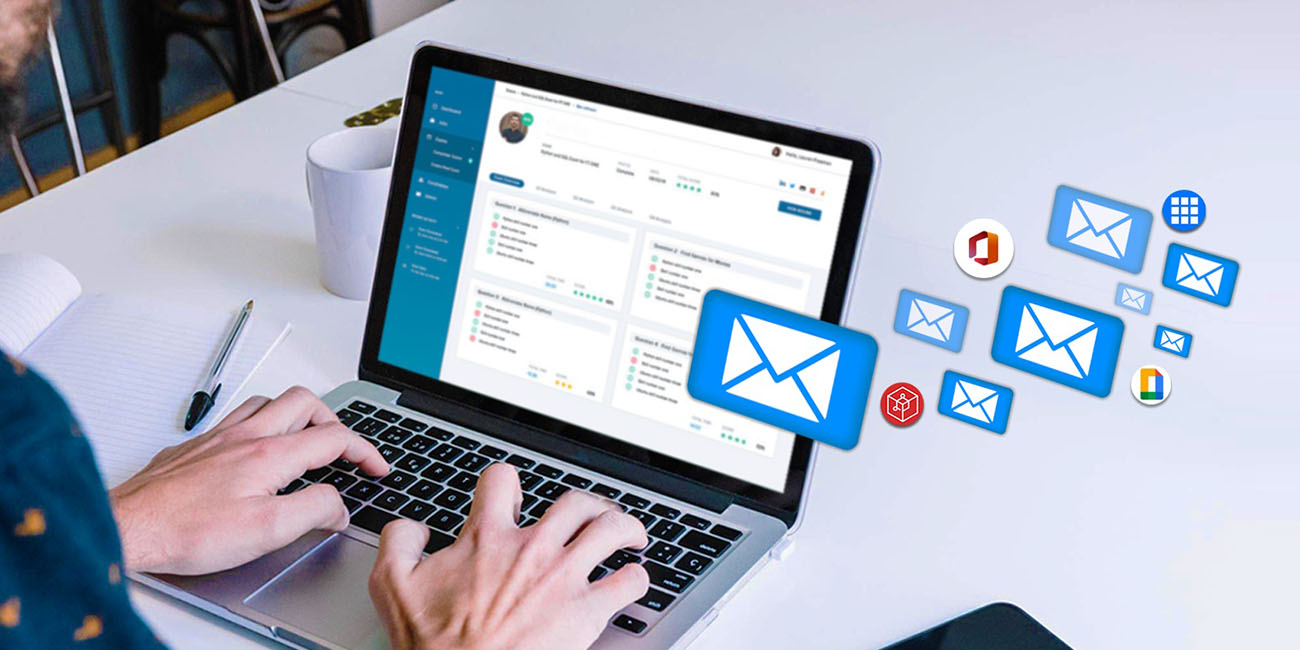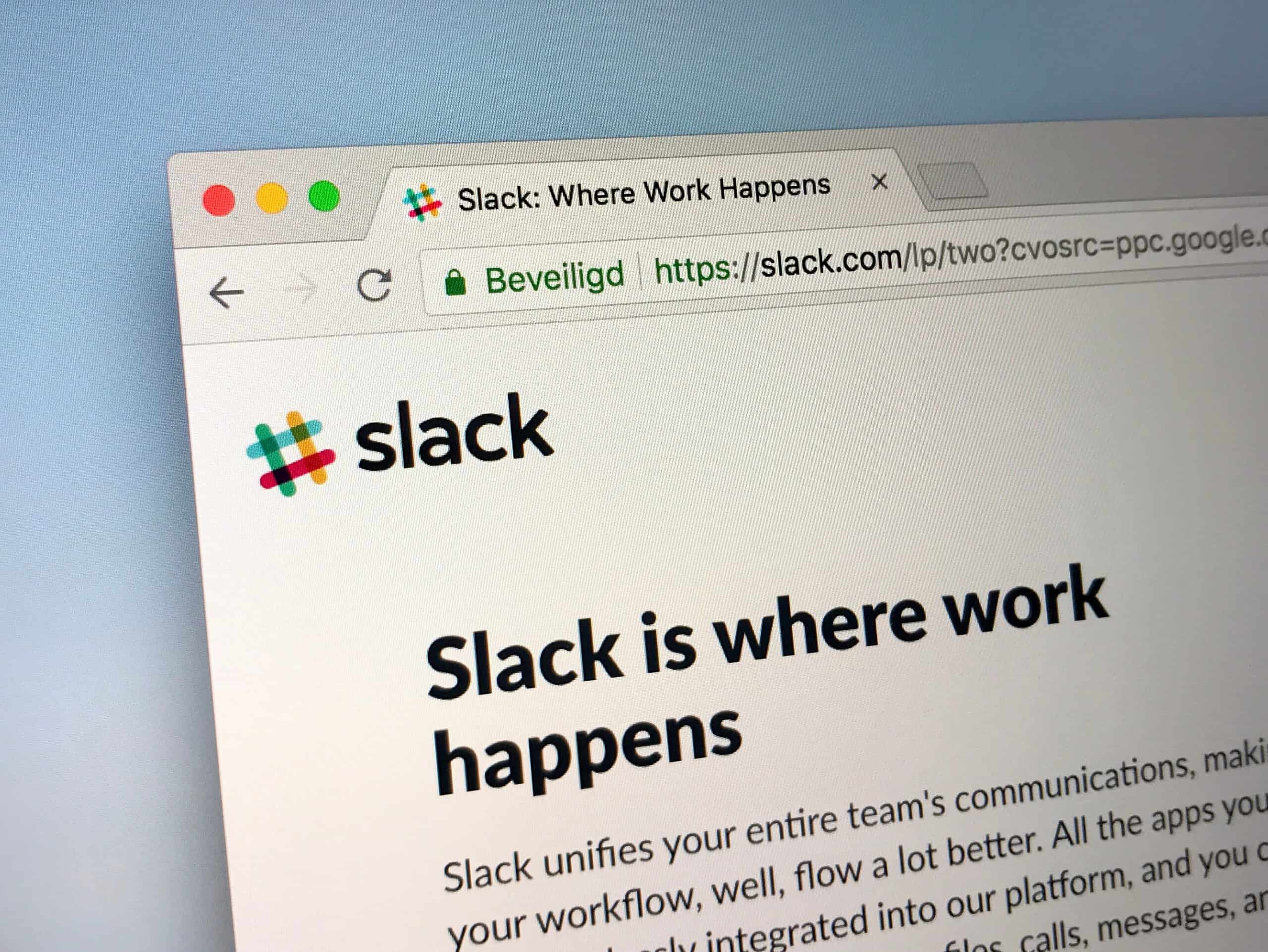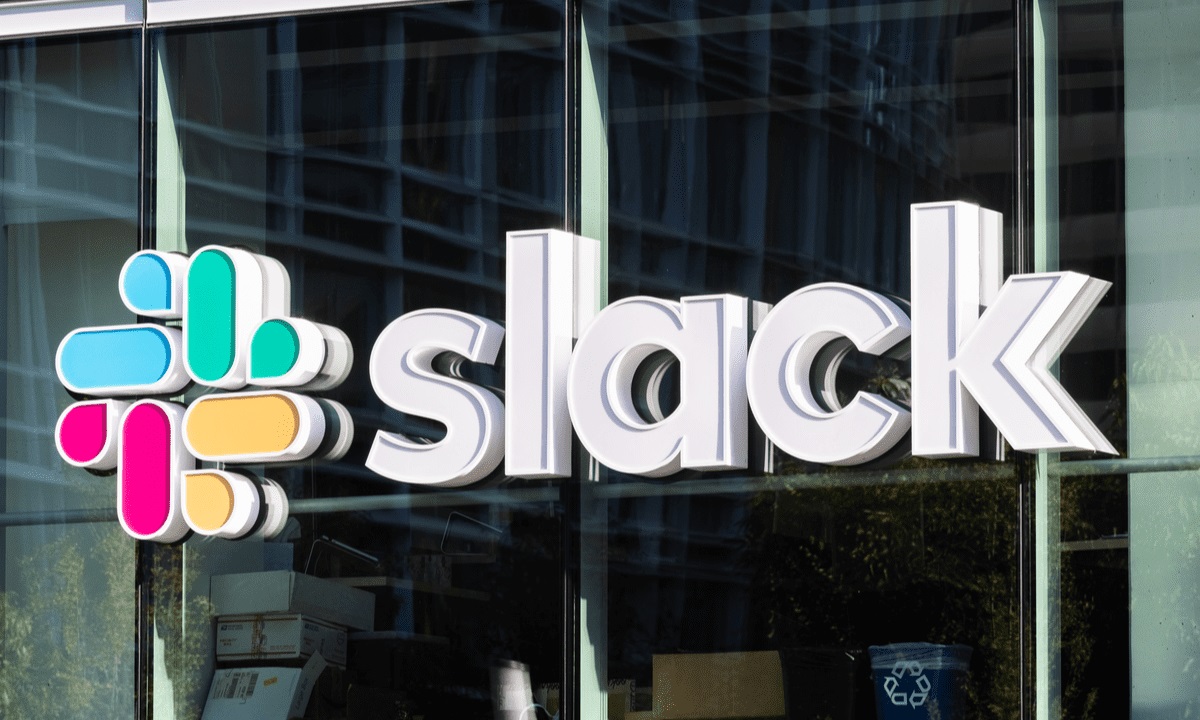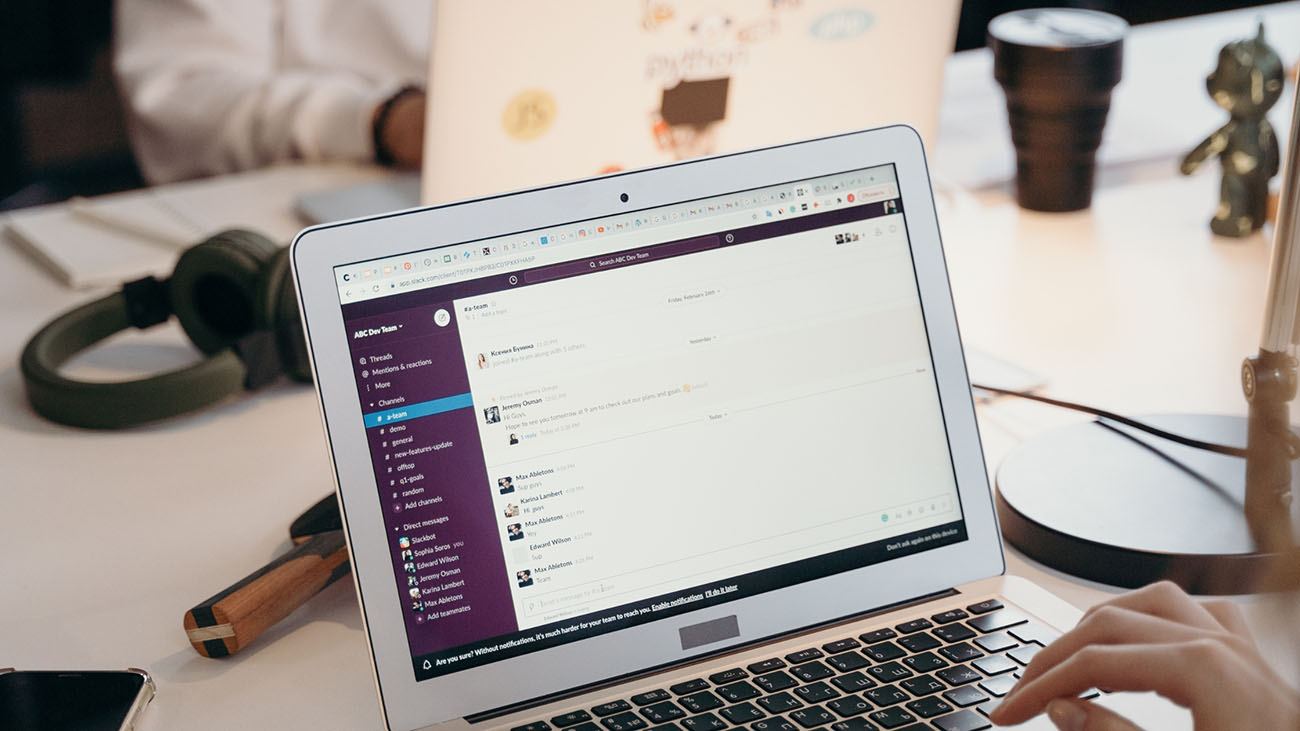Introduction
Slack is a popular communication platform that enables teams to collaborate and communicate in real-time. One of the key features of Slack is the ability to use Threads to reply to messages and keep conversations organized. Threads allow users to respond to specific messages within a channel, making it easier to follow conversations and reducing clutter in the main channel.
When it comes to replying in a Thread, it’s essential to understand the benefits and best practices to make the most of this feature. In this article, we will explore what Threads are, why you should reply in a Thread, how to reply effectively, different ways to reply, and some best practices to enhance your communication in Slack.
By mastering the art of replying in Threads, you can streamline your communication, improve clarity, and enhance collaboration within your team. So, let’s delve into the world of Slack Threads and discover the power they hold in optimizing your work communication workflow.
What is a Thread in Slack?
A Thread in Slack is a feature that allows users to reply to a specific message within a channel, creating a focused and organized conversation. When someone starts a Thread, it is linked to the original message, keeping the discussion tied to its context while minimizing clutter in the main channel.
Threads provide a way to have more in-depth discussions without disrupting the flow of the main channel conversation. They are particularly useful when a conversation becomes lengthy or when multiple topics are being discussed simultaneously within a channel.
When a Thread is created, it appears as a collapsible thread below the original message. Users can click on the Thread to expand and view the replies within it. This design helps to maintain a clean and structured channel interface, ensuring that important information doesn’t get lost in a sea of messages.
Within a Thread, users can reply, mention other team members, share files, and react with emojis, just like in a normal channel conversation. These threaded replies maintain continuity and allow for focused discussion, making it easier to follow conversations even if you weren’t part of the initial message exchange.
With Threads, users have the flexibility to participate in discussions that interest them or skip over threads that are not relevant to them. This feature reduces noise and helps users stay engaged by having access to the conversations they care about while avoiding distractions.
Overall, Threads in Slack enable teams to have structured conversations, improve productivity, and maintain a clear line of communication within channels. Now that we understand what Threads are, let’s explore why it’s beneficial to reply in a Thread rather than in the main channel.
Why should you reply in a Thread?
Replying in a Thread rather than in the main channel offers several advantages that can greatly enhance your communication experience in Slack. Here are some compelling reasons to consider:
1. Maintain context: By replying in a Thread, you keep the conversation tied to its original message, ensuring that everyone can easily follow the discussion without disrupting the main channel flow. This helps to maintain context and prevents important information from getting lost in the noise of other messages.
2. Reduce clutter: Threads help to declutter the main channel by keeping threaded conversations collapsed until they are expanded. This allows team members to focus on relevant messages and avoid information overload, streamlining communication and improving overall productivity.
3. Improve readability: When discussions with multiple participants happen within a Thread, the main channel remains clean and readable. This makes it easier for team members to scan and find information quickly, ultimately saving time and reducing the chances of missing important updates.
4. Enhance collaboration: Threads provide a collaborative space within a specific context. Team members can contribute their thoughts, ask questions, share insights, and provide feedback without interrupting other conversations in the main channel. This encourages participation, collaboration, and more meaningful discussions.
5. Stay organized: By utilizing Threads, you can stay organized and keep related conversations together. This makes it simpler to revisit and reference past conversations, particularly when you need to find specific information or track the progress of a particular topic or project.
6. Minimize distractions: With Threads, team members have the flexibility to choose which conversations they want to engage in and which ones they can skip. This minimizes distractions and allows individuals to focus on the threads that are most relevant to their work, improving productivity and concentration.
By leveraging the benefits of replying in a Thread, you can streamline communication, foster focused discussions, and create a more efficient and organized work environment within Slack. Now that we understand the advantages of using Threads, let’s explore how to reply in a Thread effectively.
How to reply in a Thread
Replying in a Thread in Slack is a simple process that ensures your responses are tied to the specific message you want to address. Here’s a step-by-step guide on how to reply in a Thread:
- Locate the message you want to reply to within the channel.
- Hover over the message to reveal the “Reply in thread” icon, which looks like a speech bubble.
- Click on the “Reply in thread” icon to open a threaded response box.
- Type your reply in the response box. You can use text, emojis, and even mention other team members by typing “@”.
- Once you’ve composed your reply, click the “Reply” button to post it in the Thread.
After posting your reply, it will appear as part of the thread beneath the original message. Anyone who views the thread will be able to see and respond to your comment, facilitating focused discussion around that particular message.
It’s important to note that when replying in a Thread, your response doesn’t interrupt the flow of the main channel conversation. This allows other participants in the channel to stay focused on the ongoing discussion without being pulled into unrelated topics.
Additionally, if you want to reply to multiple messages within a thread, you can repeat the process for each message individually. Each response will be displayed in its respective thread, creating a clear and organized conversation structure.
Now that you know how to reply in a Thread, let’s explore different ways you can engage in threaded discussions to enhance your communication within Slack.
Different ways to reply in a Thread
When it comes to replying in a Thread in Slack, there are various ways to engage in the threaded discussion. Here are a few different methods you can use to reply in a Thread:
- Text-based replies: The most common way to reply in a Thread is by typing out your response in the threaded response box. This allows for clear and concise communication, making it easy for others to understand your message and respond accordingly.
- Emoji reactions: Instead of typing out a full reply, you can use emoji reactions to convey your thoughts and feelings on a specific message. Simply hover over the message in the Thread and click on the emoji icon to select the appropriate reaction. This allows for quick and visual feedback without cluttering the Thread with additional text.
- Mentioning team members: To get someone’s attention or involve them in a threaded discussion, you can mention them by typing “@” followed by their username. This will send them a notification and direct them to the Thread where they can read and respond to your message. Mentioning team members helps ensure that the right people are involved in relevant discussions.
- Sharing files: If you need to share a document, image, or any other file within a Thread, you can use Slack’s file-sharing feature. Simply click on the attachment or file icon in the threaded response box, locate the file you want to share, and select it. This allows others in the Thread to access and review the file without leaving the conversation.
- Replies with threaded replies: Threads can have multiple levels of replies, creating a nested conversation structure. If someone has already replied to a Thread, you can respond directly to their comment within the Thread, further expanding the discussion. This helps to keep related replies together and allows for more detailed exchanges.
- Editing and deleting replies: Slack provides the option to edit or delete your replies within a Thread. If you need to make changes to your response or remove it entirely, simply hover over your comment and click on the three dots icon to access the editing and deletion options.
These different ways of replying in a Thread give you the flexibility to engage in threaded discussions in a way that suits your communication style and the specific requirements of the conversation. By using these methods effectively, you can contribute to focused and productive discussions within your team.
Now that we’ve explored different ways to reply in a Thread, let’s move on to discuss some best practices that can help you make the most of this feature in Slack.
Best practices for replying in a Thread
Replying in a Thread effectively requires following some best practices that can enhance communication, promote collaboration, and keep discussions organized in Slack. Here are some recommended practices to consider:
- Be clear and concise: When replying in a Thread, strive to provide clear and succinct responses. Avoid unnecessary details and focus on the main point you want to convey. This makes it easier for others to understand your message and facilitates efficient communication.
- Stay on topic: Threads are designed to keep conversations focused. When participating in a Thread, make sure your replies are relevant to the original message or discussion at hand. If you want to introduce a new topic, it’s often better to start a new Thread or move the discussion to a different channel.
- Use threading for lengthy discussions: If a conversation within a Thread becomes lengthy or involves multiple subtopics, consider creating a sub-thread within the main Thread. This allows for further organization and prevents the conversation from becoming overwhelming or difficult to navigate.
- Read before replying: Before replying in a Thread, take the time to read through the entire conversation. This ensures that you are up to date and helps avoid redundant or repetitive replies. It also allows you to gather relevant information and provide more comprehensive responses.
- Engage actively: Threads thrive on active engagement. Make it a habit to participate in relevant Threads by sharing your thoughts, asking questions, providing feedback, and collaborating with team members. This helps foster a culture of open communication and encourages others to contribute as well.
- Mention relevant team members: When replying in a Thread, consider mentioning team members who should be involved or informed about the discussion. Using the “@” symbol followed by their username will notify them and direct them to the Thread. However, use this feature sparingly and only include those who truly need to be involved.
- Respect thread etiquette: Be mindful of the existing Thread etiquette within your team or organization. Some teams may have specific guidelines or expectations regarding Thread usage. Understand and follow these guidelines to ensure smooth communication and consistency across the platform.
- Practice good thread hygiene: To prevent your Threads from becoming cluttered or overwhelming, consider periodically closing or archiving older Threads that have reached a resolution or are no longer active. This helps maintain a clean and organized workspace within Slack.
By adopting these best practices, you can effectively contribute to threaded discussions, promote collaboration, and maximize the benefits of using Threads in Slack. Now that we’ve covered best practices, let’s summarize the key points discussed in this article.
Conclusion
Threads are a powerful feature in Slack that allows users to reply to specific messages within a channel, keeping conversations organized and reducing clutter. By replying in a Thread, you can maintain context, reduce distractions, and enhance collaboration within your team. It provides a way to have in-depth discussions without disrupting the flow of the main channel conversation.
In this article, we explored the concept of Threads in Slack, why it is beneficial to reply in a Thread, and how to reply effectively. We discussed different ways to engage in threaded discussions, including text-based replies, emoji reactions, mentioning team members, sharing files, and nested replies. By leveraging these methods, you can communicate efficiently and convey your thoughts and feedback within the appropriate context.
Furthermore, we highlighted some best practices to consider when replying in a Thread, such as being clear and concise, staying on topic, actively engaging, and practicing good thread hygiene. By following these practices, you can promote effective communication, foster collaboration, and keep discussions organized and efficient.
Using Threads effectively can greatly enhance your communication experience within Slack and optimize your team’s workflow. By maintaining focused and structured conversations, you can improve productivity, streamline your communication, and ensure that important information doesn’t get lost in the noise of the main channel.
Now that you have a comprehensive understanding of Threads, it’s time to put this knowledge into practice. Start replying in Threads, integrate them into your team’s communication habits, and experience the benefits firsthand. Embrace the power of Threads to create a more organized, collaborative, and productive work environment within Slack.







